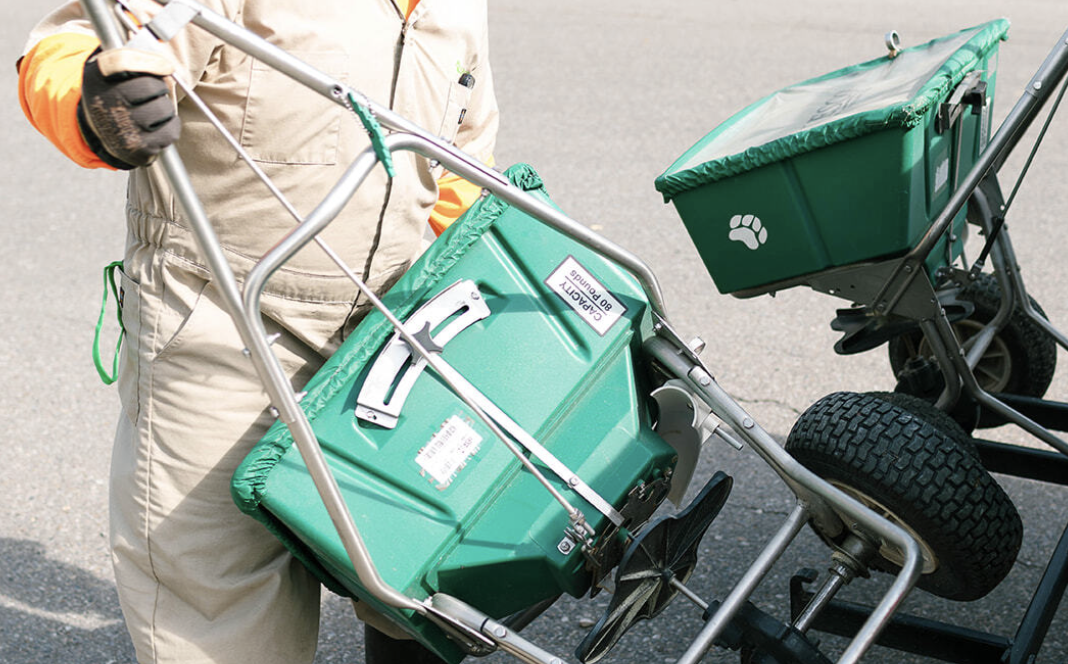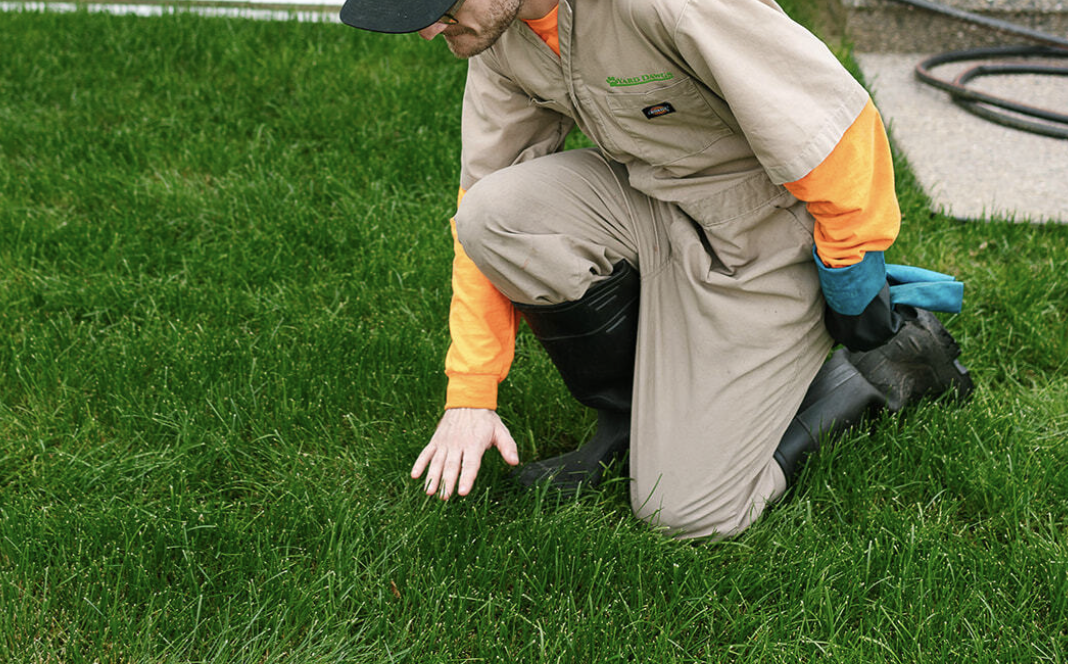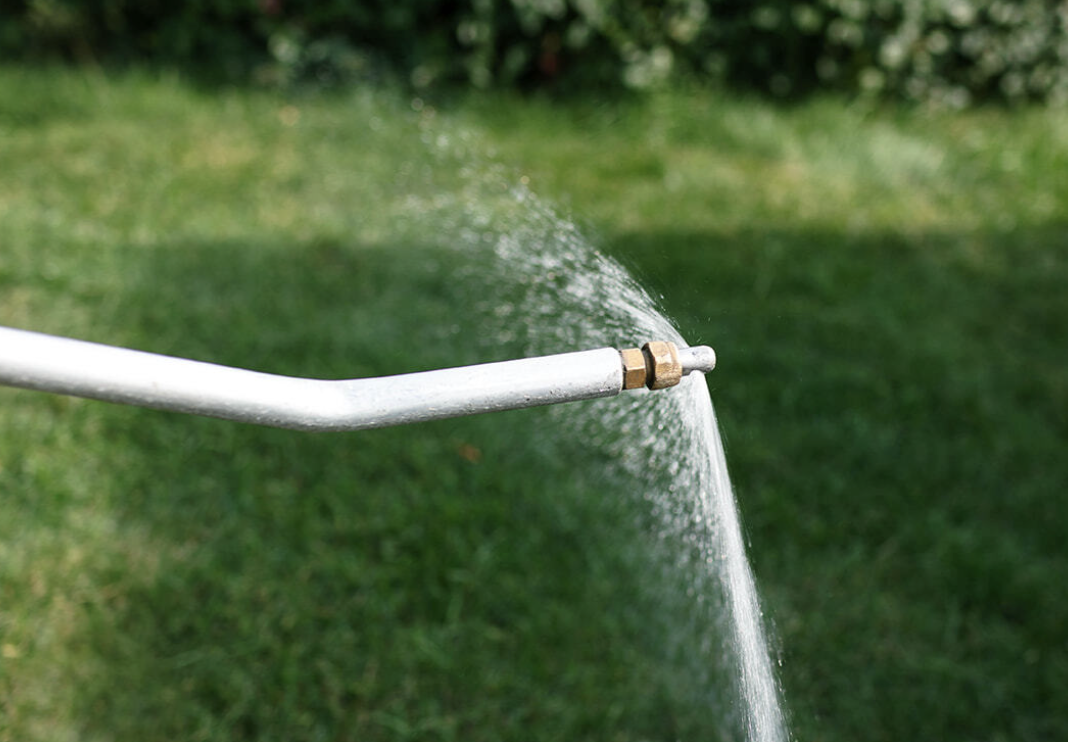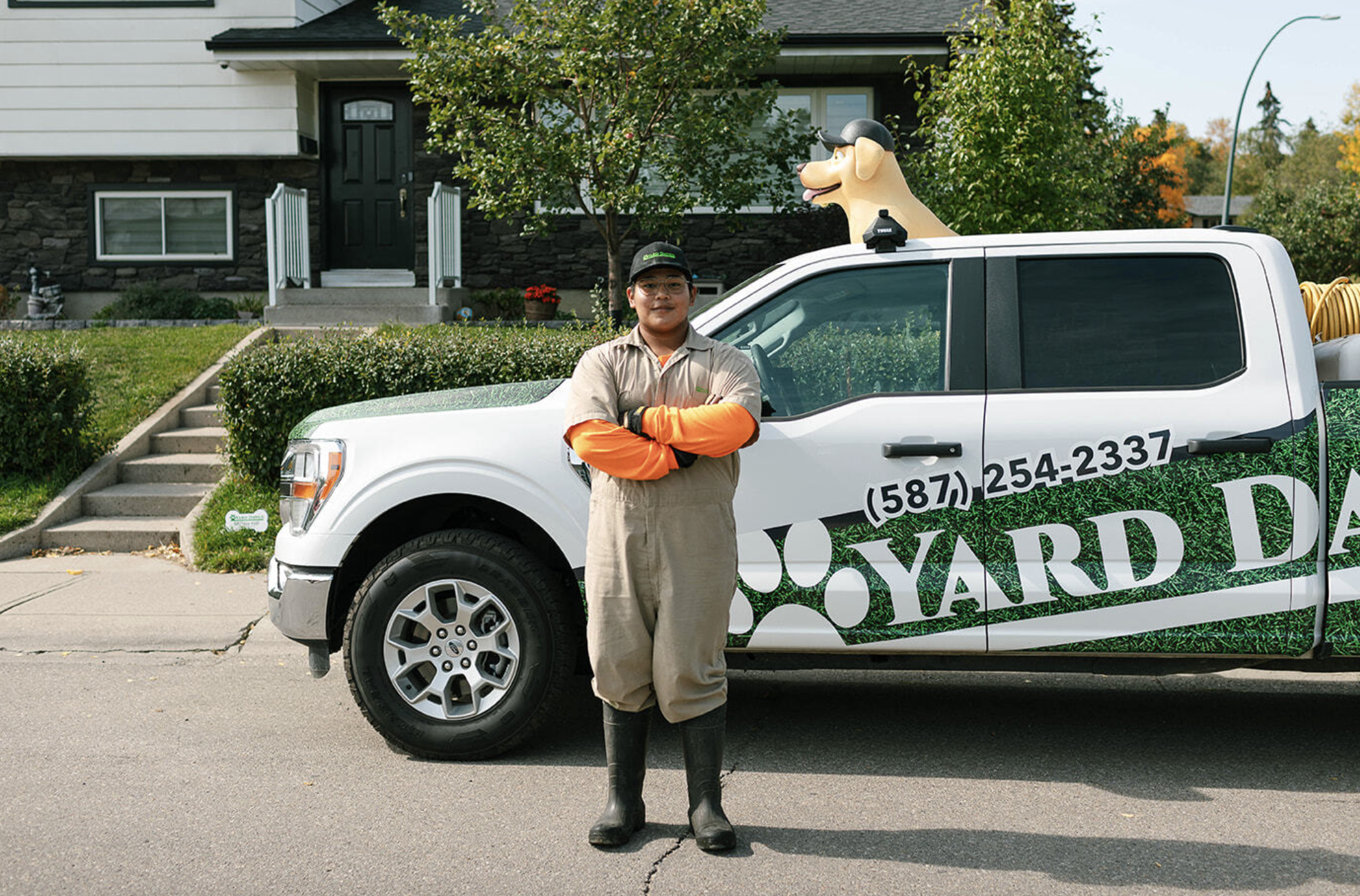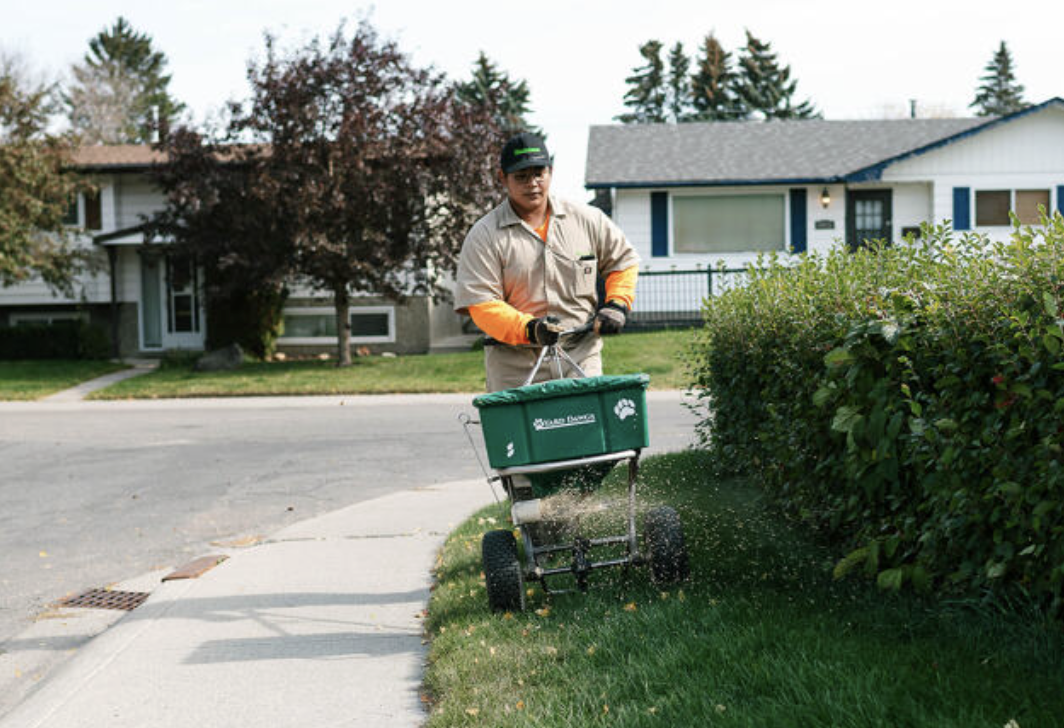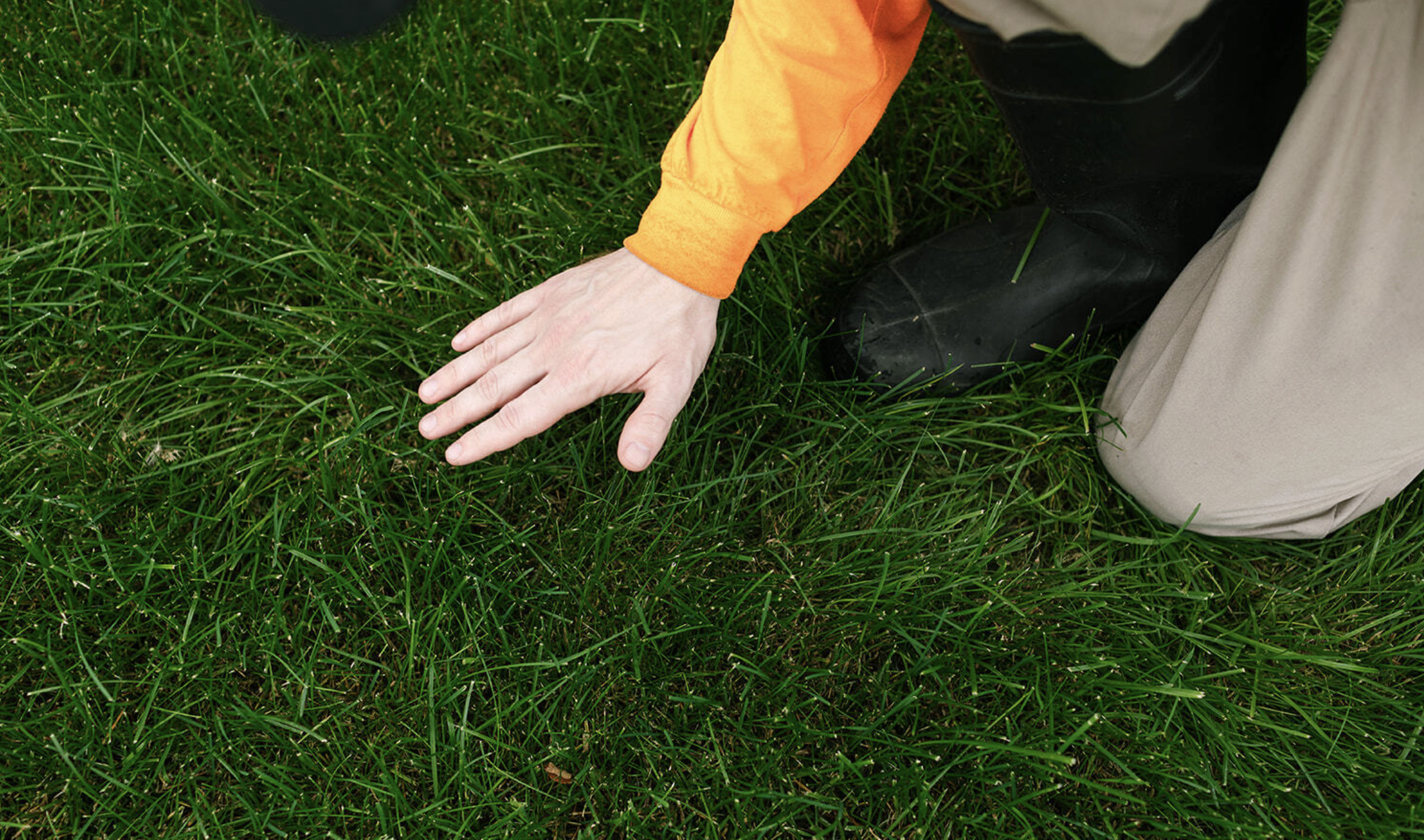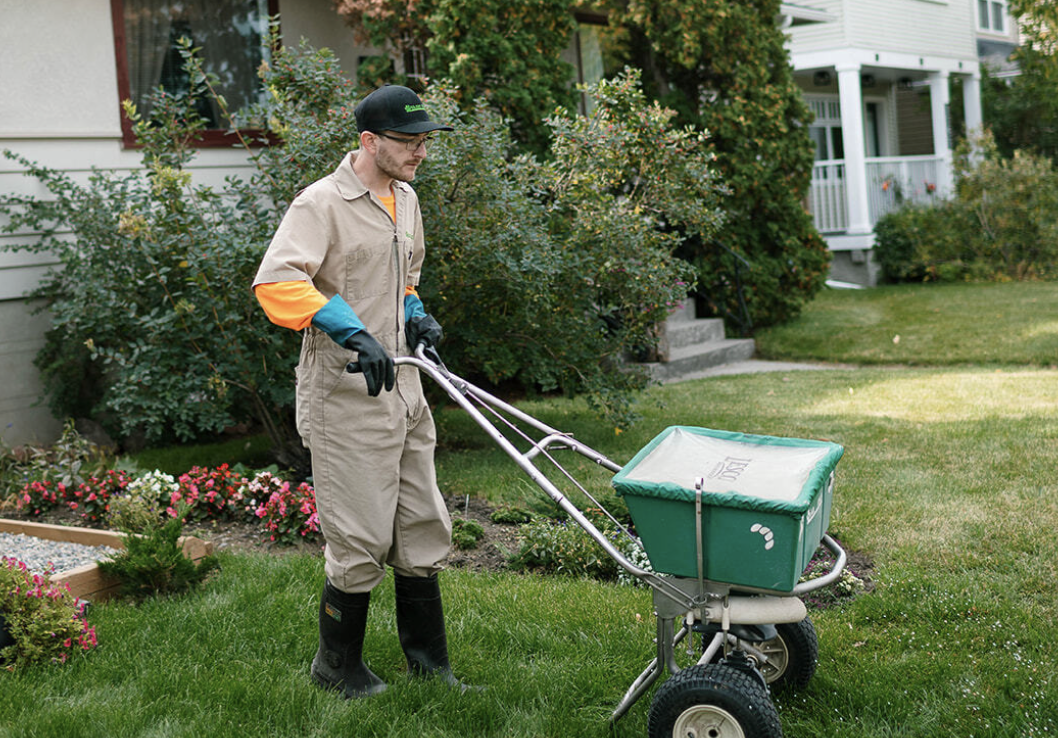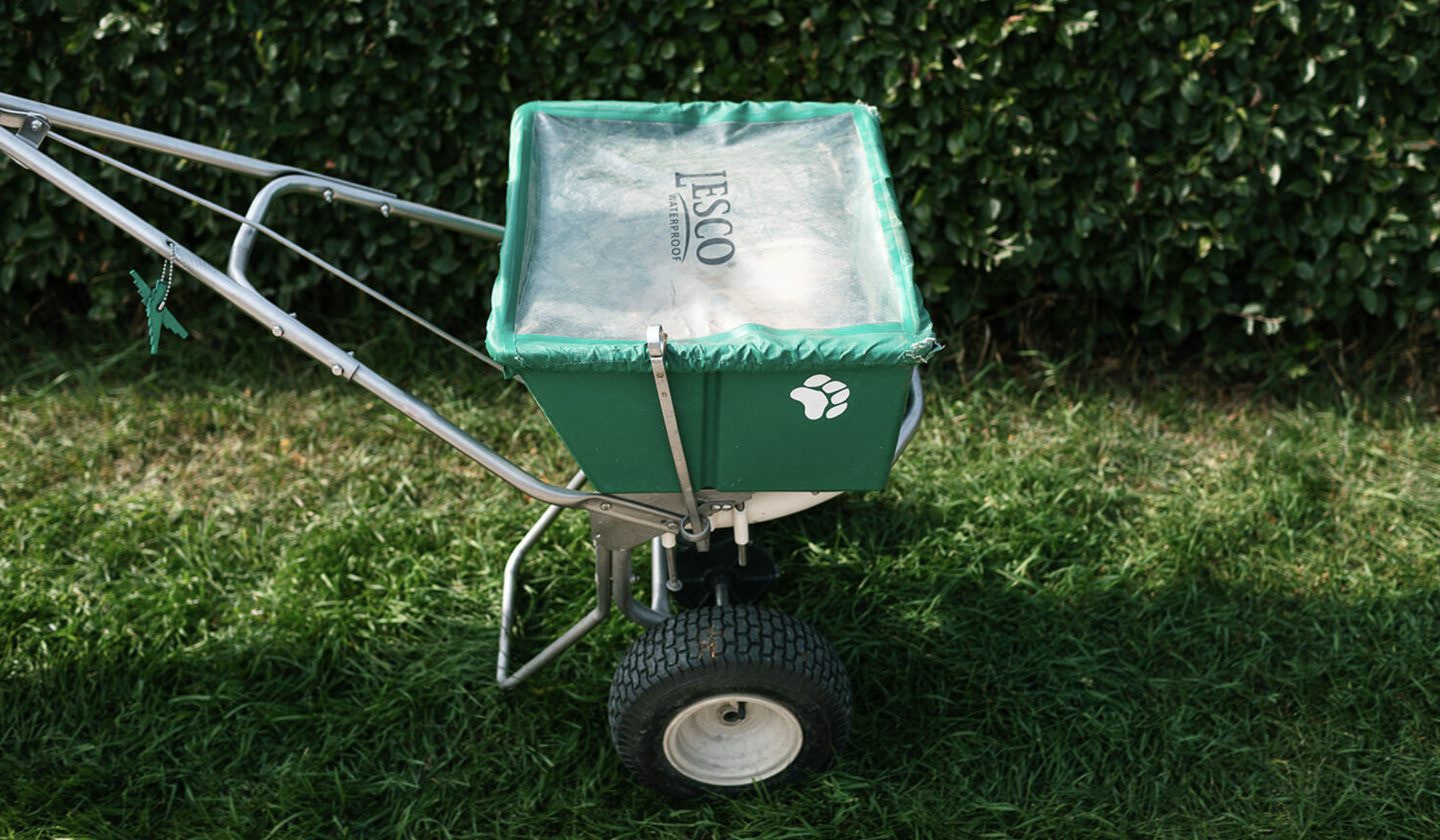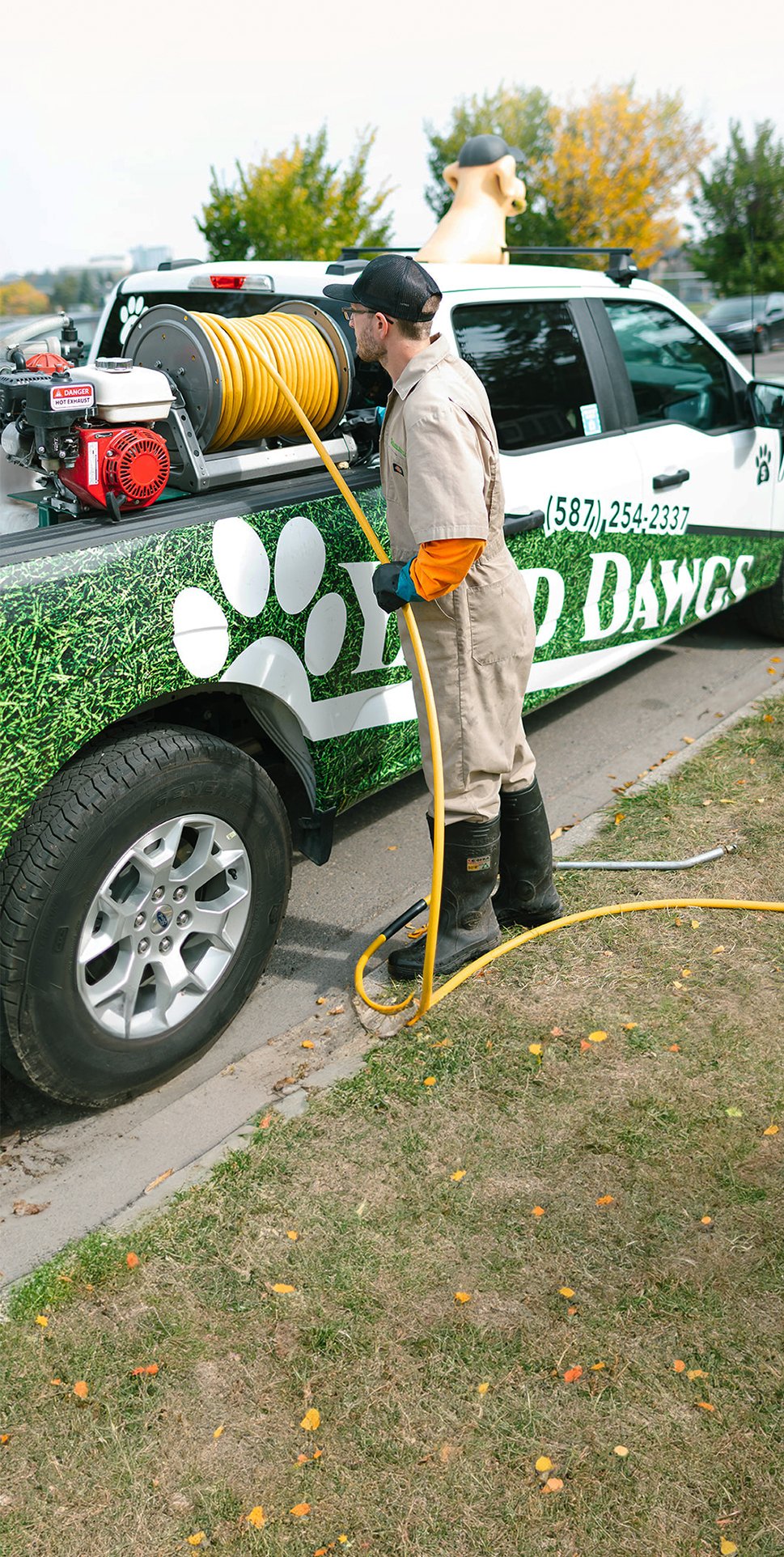If you have noticed fine-bladed, low-growing patches in your lawn that seem to spread rapidly and look a little out of place, you might be dealing with bent grass. While some consider it a premium turf type for golf courses and ornamental gardens, homeowners often view it as an invasive weed.
So, should you worry about bent grass in your lawn? That depends on your lawn goals, lawn care routine, and how much time you are willing to dedicate to upkeep.

Understanding Bent Grass
Bent grass, commonly found in North America, is known for its dense growth and soft texture. Its most popular species include creeping bentgrass and colonial bentgrass. These types are prized for their lush appearance in controlled settings like putting greens, but in residential lawns, they often become problematic.
Characteristics of Bent Grass
Bent grass spreads through stolons, which are above-ground stems that root as they grow. This growth habit allows it to cover ground quickly, creating thick mats of grass that can outcompete other turf species. Some distinct traits include:
- Fine, thin blades
- Light green color
- Dense, low-growing patches
- Rapid spreading through stolons
Where It Thrives
Bent grass prefers cool, moist environments and grows best in regions with moderate temperatures. It is often found in shaded or poorly drained areas of lawns. During hot and dry periods, it tends to thin out and turn brown, which can leave unsightly patches in an otherwise green lawn.
Why Bent Grass Is a Problem in Home Lawns
Although bent grass may seem harmless at first glance, its aggressive nature makes it a nuisance in lawns that are primarily made of Kentucky bluegrass, fescue, or perennial ryegrass.
Appearance Mismatch
One of the main concerns with bent grass is that it looks noticeably different from most cool-season lawn grasses. Its light green color and fine texture create an inconsistent appearance when mixed with other turf types.
Invasive Growth Pattern
Bent grass spreads rapidly through stolons, which can easily overtake sections of your lawn. It grows over the top of existing grass and forms a thick mat that chokes out the desired turf. Once established, it is difficult to control and remove.
Susceptibility to Disease and Drought
Bent grass is prone to thatch build-up and does not handle heat or drought well. During summer months, it can suffer from fungal diseases and dry out quickly, leaving behind unattractive brown patches. These weak spots often invite more weeds, compounding the problem.
Identifying Bent Grass in Your Lawn
Spotting bent grass early is key to preventing a widespread infestation. Look for the following signs:
- Patches of fine-bladed grass with a light green color
- Dense, low-growing areas that form a thick mat
- Grass that lies flat and grows horizontally
- Areas that brown out quickly in hot weather
You may also notice that these patches seem to spread rapidly and look out of place compared to the rest of your lawn.
Managing and Removing Bent Grass
Once bent grass has taken hold, removing it can be challenging. However, there are several methods you can use to control or eliminate it, depending on the severity of the infestation.
Manual Removal
For small patches, hand-pulling or digging out bent grass can be effective. Make sure to remove the entire root system and stolons to prevent regrowth. This method is labor-intensive but works well when the infestation is limited.
Spot Treatment with Herbicides
Selective herbicides that target bent grass without harming desirable lawn species can be used in small problem areas. Look for products that contain active ingredients like mesotrione or fluazifop. Always follow the manufacturer’s instructions carefully and apply during the growing season for best results.
Total Lawn Renovation
If bent grass has overtaken large sections of your lawn, a complete renovation may be necessary. This involves killing the existing turf, removing the debris, and reseeding with your preferred grass species. While this is the most drastic option, it provides a fresh start and long-term solution.
Improving Lawn Health
A healthy lawn is your best defense against bent grass and other invasive weeds. Strengthen your turf by:
- Mowing at the proper height for your grass type
- Watering deeply and infrequently to encourage deep root growth
- Fertilizing appropriately throughout the season
- Aerating annually to reduce compaction and improve nutrient absorption.
Should You Worry About Bent Grass?
Whether or not you should worry about bent grass depends on your lawn preferences and how much time you want to invest in lawn care. Here are some things to consider:
- If you enjoy a uniform, manicured lawn with consistent color and texture, bent grass will likely disrupt your desired look.
- If your lawn receives a lot of foot traffic or is exposed to summer heat, bent grass may thin out and create bare spots.
- If you are not particular about your lawn’s appearance or you appreciate low-growing grass, bent grass might not be a major issue.
Ultimately, most homeowners choose to manage or remove bent grass because of its invasive nature and incompatibility with common lawn grasses.
Conclusion
Bent grass may have a place on golf courses, but in a residential lawn, it often causes more trouble than it is worth. If you are dealing with patchy growth, uneven color, or rapidly spreading turf, bent grass may be the culprit.
Let Yard Dawgs handle the hassle. Visit Yard Dawgs Lawn Care and let the pros restore your lawn to its best shape.


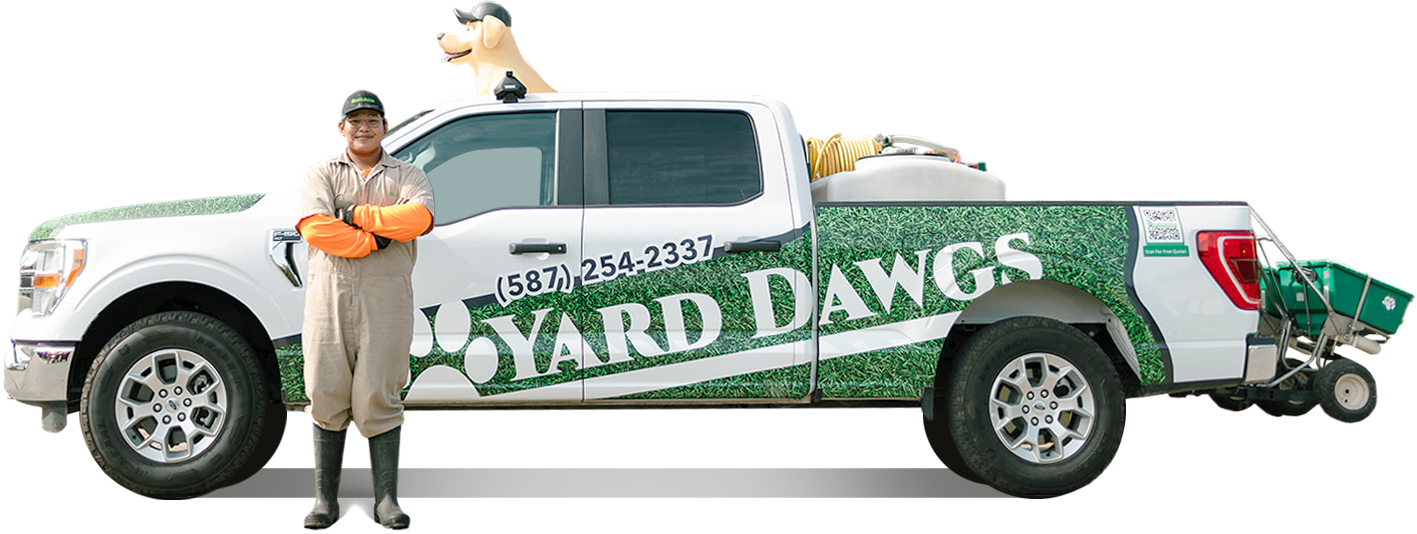


.png)
